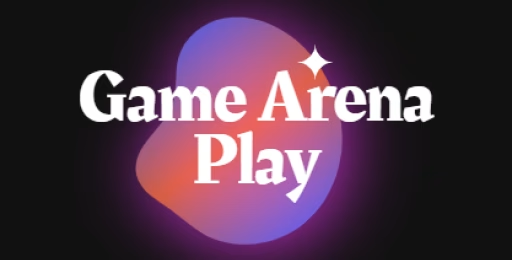Puzzle Rectangular Tags: The Timeless Brain Teaser That Never Gets Old
If you grew up playing puzzles, the “Puzzle Rectangular Tags” or the “Game of Fifteen” probably stole many hours of your time. A deceptively simple sliding puzzle, it tests your patience, strategy, and a touch of luck. The goal is to arrange square tiles numbered from 1 up to (N-1) in ascending order by sliding them into an empty spot—sounds easy, right? But oh, the twists and turns await you!
This classic game, with variants using pictures instead of numbers, has fascinated generations. It’s like the Rubik’s Cube’s quiet cousin: understated, challenging, and always rewarding.
How to Play: Mastering the Slide-and-Swap Strategy
At its core, the puzzle consists of a rectangular board filled with numbered tiles, except one slot remains empty. You slide tiles adjacent to the empty space into it, gradually moving tiles closer to their correct place.
The puzzle starts shuffled in a random configuration. Your task? Slide tiles, one move at a time, until the tiles are ordered left to right, top to bottom, starting with tile number 1 in the top-left corner and the empty slot in the bottom-right.
Sounds like a breeze? It’s more like a dance with logic and patience, as each move changes the puzzle’s state in subtle ways. Planning ahead can mean the difference between solving the puzzle or getting stuck forever.
Variations: Numbers vs. Pictures, Size Matters!
While the classic version uses numbered tiles, many variants substitute pictures cut into square fragments. This adds a layer of visual appeal, but also a new challenge—recognizing which pieces belong where beyond numbers.
Board sizes vary too—from 3×3 for beginners to the daunting 5×5 or larger for pros who love a real challenge. Bigger boards exponentially increase difficulty and solution time, turning the game into a marathon of thoughtfulness.
Mental Gymnastics: Why Puzzle Rectangular Tags Boost Your Brain
This isn’t just a fun pastime. Playing the Gem Puzzle stimulates critical areas of your brain—problem-solving, spatial awareness, and memory.
Studies show that puzzles like this can help improve concentration and delay cognitive decline. It’s a workout for your brain without breaking a sweat.
So next time you feel bored or mentally drained, try sliding a few tiles around. Your brain will thank you—and you might just solve it faster than your last coffee break!
Tips and Tricks for Sliding to Victory
-
Start with the top row: Get the first row in place, then move down.
-
Solve in sections: Focus on one area at a time.
-
Don’t rush: Each move matters, so plan ahead.
-
Use the empty slot wisely: It’s your only tool for rearranging.
-
Practice the “corner swaps”: Learn the patterns to swap tiles efficiently.
Table: Difficulty Levels by Board Size
| Board Size | Number of Tiles | Estimated Average Time | Challenge Level |
|---|---|---|---|
| 3×3 | 8 | 2-5 minutes | Easy |
| 4×4 | 15 | 5-15 minutes | Medium |
| 5×5 | 24 | 15-45 minutes | Hard |
| 6×6+ | 35+ | 45+ minutes | Expert |
The Charm of the Puzzle: Timeless and Universal
The Gem Puzzle’s charm lies in its simplicity and depth. It’s a universal game that transcends language and culture. Whether played on a physical board or a digital screen, it’s a test of wit and perseverance.
And the satisfaction? There’s nothing quite like the click of the final tile sliding into place, the picture (or numbers) perfectly aligned. It’s a small victory that feels huge.
A Message to Puzzle Lovers
To all who pick up this game: remember, it’s not about speed or competing with others. It’s a personal journey. Celebrate each little progress, laugh at your missteps, and enjoy the mental dance.
Because sometimes, the best therapy is sliding a few tiles around until everything fits just right.
Hashtags to Share Your Puzzle Journey
#GemPuzzle #SlidingPuzzle #BrainTeaser #ClassicPuzzle #PuzzleGameOnline #MentalExercise #FreeGameOnline #AllGameOnline #MobileGameOnline #ArcadeGameOnline
